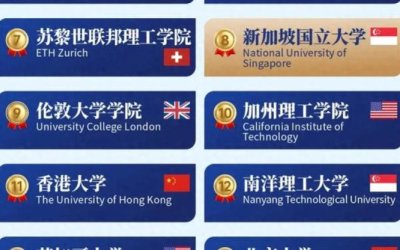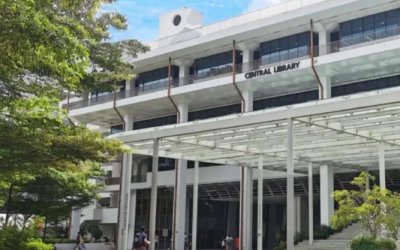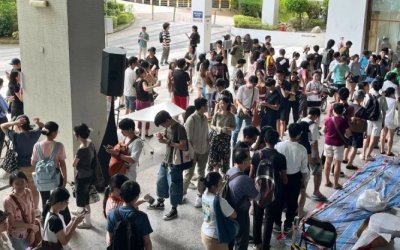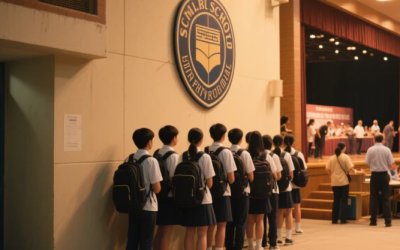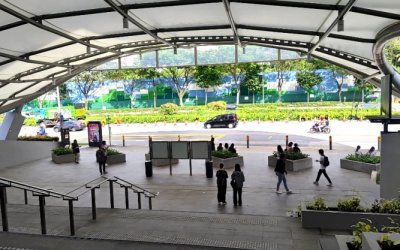My second supplementary question relates to appeals. As the Senior Parliamentary Secretary is aware, every time when the school posting results come out, there are parents who wish to appeal. For this year, I would like the Senior Parliamentary Secretary to confirm how many appeals were received in order to try and get their children into the schools of choice that they did not gain a posting for? How many appeals were made, how many were successful? And would the parents be given guidance in the future about, for example, if their children did not get any of the six choices, would they be given additional guidance or prompts whether an appeal is possible and also how to make an appeal? I understand that there was some confusion among some parents about how to go about appealing and when to expect results. So, I think there was some confusion on the ground from what I understand. So, whether the Ministry could actually provide some guidance and support for parents who find themselves and their children in this situation.
And finally, my third supplementary question relates to affiliation benefits. There is some sentiment on the ground that there might be some differences in affiliation benefits and the effect that it has under the current system. I was just wondering whether the MOE is monitoring that, whether there have been any differences found, whether affiliation benefits actually apply more to this new system compared with the last system, and whether there are any tweaks to the system required in order to find out what effect of the affiliation benefits are.
Mr Shawn Huang Wei Zhong: I thank Member He Ting Ru for her supplementary questions. I think for the first one with regard to the guidance given to parents and so on, most certainly, awareness and education and outreach is definitely very important. And that is why the school has done much of the work on the ground, especially before the release of PSLE results, engaging students, reaching out to the parents. And on the day of the results, to make sure that they choose a wider cluster of schools, probably the top three choices would be something that they would desire, but that for the bottom three choices, at least select two or three schools that has a much higher COP, so that they make sure that the clustering is a little more diverse. So, that is the first point.
The second point in terms of the COP, COP is actually historical data, based on the previous year. Although it is somewhat a good reference, these fluctuations always occur and are very common. A plus or minus one point is common for the majority of the schools. But then again, out of an entire range from four points up to 20-plus points, plus or minus one point in difference of the COPs is actually quite normal.
For the third part, the Member had questions about appeals. We do not have the direct numbers of appeals, but appeals percentages are very low and it is consistent over the last couple of years. The appeals do go direct to the schools and for each of those desired schools, the parents and the students as well are encouraged to go to the school and then find out the process. There is also an online link where the appeals process is well known.
If those aspects or avenues actually fail, then parents are encouraged to also approach MOE and we will see how we can better facilitate and see if within the vicinity or closer to the vicinity, what are the available schools.
On the last query on affiliation benefits, this is not exactly related to the posting, so I suggest the Member to post a more specific question on affiliation at the next Sitting.
Mr Speaker: Assoc Prof Jamus Lim.
Assoc Prof Jamus Jerome Lim (Sengkang): Thank you to the Senior Parliamentary Secretary for the answer. I have two follow-up questions. The first has to do with what the decision in terms of allocation of schools when there is a tie-breaker. My understanding is that it is a combination of COPs as well as the rank order that the student indicates. But earlier on, the Senior Parliamentary Secretary indicated that distance was used as a decision metric in terms of allocation after this. Just to clarify, is distance used also for the purposes of a tie-breaker situation? That is the first supplementary question.
My second is, I wonder if the Ministry also considers distance not so much just in terms of geographical distance as the crow flies but rather commute time. This is because we have many residents who inform us that even though a specific school may be located relatively close in terms of geographical distance, it could take in terms of commuting time, close to an hour to get there. Understandably, they would rather have something that could be further but requires less commute time.
Mr Shawn Huang Wei Zhong: I thank the hon Member for the question. With regard to the specifics on the tie-breaker, the Member actually has filed a Parliamentary Question, which is Question No 47, which we will address in full. With regard to the distances, for example, MOE is committed to assigning a school that is closest, with vacancy, within the vicinity.
CF丨翻译
HQ丨编审
国会丨来源
国会丨图源

